Home>Gardening & Outdoor>Landscaping Ideas>When To Put Down Grass Fertilizer
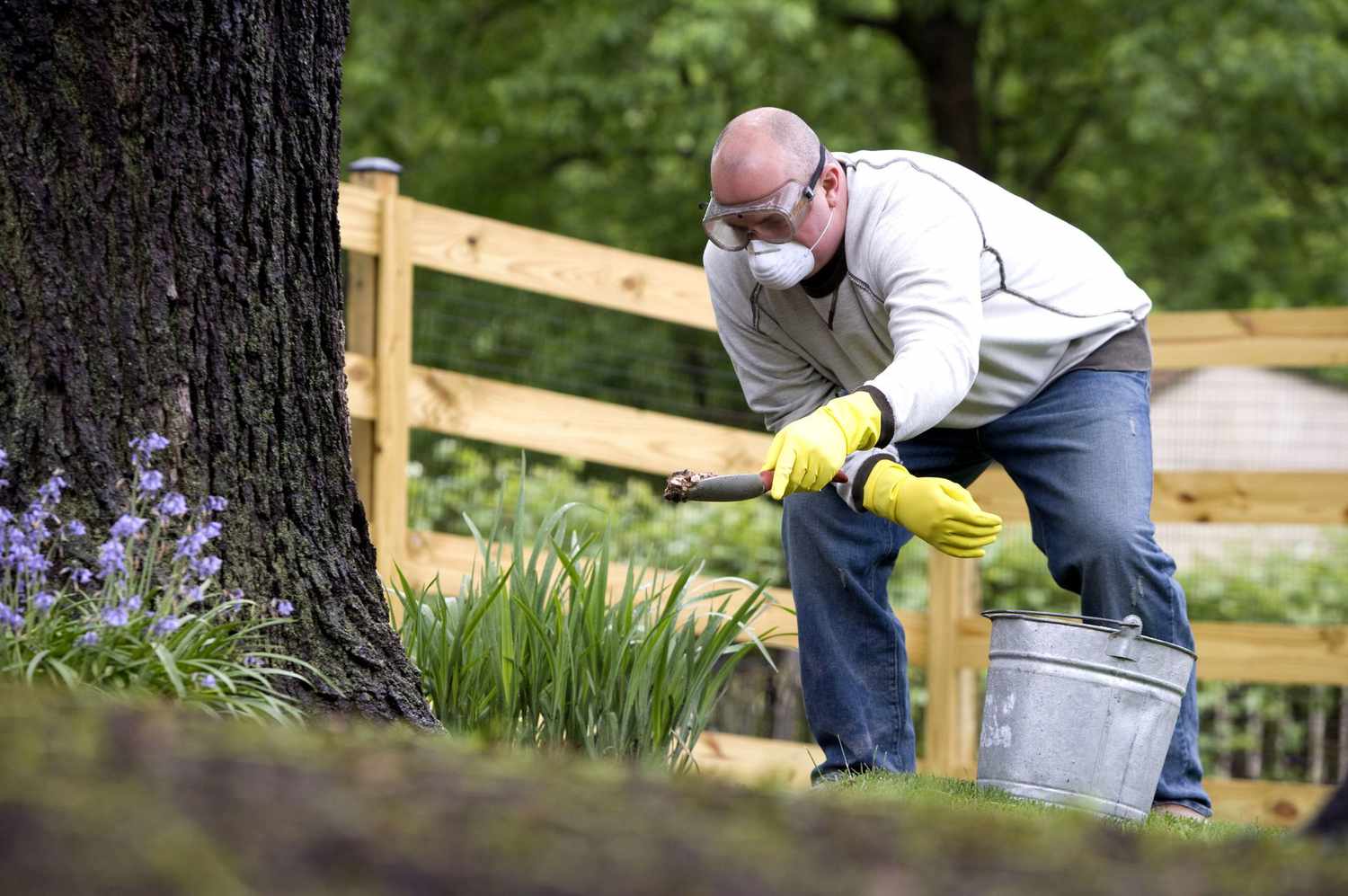

Landscaping Ideas
When To Put Down Grass Fertilizer
Modified: March 27, 2024
Learn the best timing for applying grass fertilizer to achieve a lush, healthy lawn. Discover expert landscaping ideas for optimal results.
(Many of the links in this article redirect to a specific reviewed product. Your purchase of these products through affiliate links helps to generate commission for Storables.com, at no extra cost. Learn more)
Introduction
Fertilizing your lawn is a crucial aspect of maintaining its health and vibrancy. By providing essential nutrients to the soil, grass fertilizer supports robust growth, lush greenery, and improved resilience against environmental stressors. Understanding the optimal timing for applying fertilizer is key to achieving the best results for your lawn. This comprehensive guide will delve into the various factors that influence the timing of grass fertilizer application, empowering you to make informed decisions to enhance the beauty and vitality of your lawn.
In the following sections, we will explore the growth cycle of grass and how it relates to the need for fertilizer. We will also discuss the telltale signs that indicate your grass is in need of a nutrient boost, as well as the best times to apply grass fertilizer for maximum effectiveness. Additionally, we will delve into the crucial factors to consider before applying fertilizer, ensuring that you approach the process with a well-rounded understanding of your lawn's unique requirements.
By gaining insight into the intricate relationship between grass growth and fertilizer application, you will be better equipped to nurture a lawn that exudes lushness and resilience throughout the seasons. Let's embark on this journey to uncover the optimal timing for putting down grass fertilizer, and discover the transformative impact it can have on the health and beauty of your lawn.
Key Takeaways:
- Timing is crucial when applying grass fertilizer. Early spring is ideal for rapid growth, late spring to early summer for sustained vitality, early fall for root system fortification, and late fall for winter preparation.
- Recognize signs like faded color and sparse growth to know when your grass needs fertilizer. Consider soil testing, nutrient needs, and environmental factors before applying fertilizer for a lush, vibrant lawn.
Read more: When To Put Lime Down On Grass
Understanding the Growth Cycle of Grass
Grass, like all living organisms, undergoes a natural growth cycle that is influenced by various environmental factors. Understanding this cycle is essential for determining the most opportune times to apply fertilizer to your lawn. The growth cycle of grass can be broadly categorized into three main phases: dormancy, active growth, and slowing growth.
During the dormancy phase, which typically occurs in the winter months, grass experiences minimal growth as it conserves energy to withstand the harsh conditions. This period is characterized by a lack of significant growth and a pale, dormant appearance. As the weather transitions into spring, the grass enters the active growth phase. This is a critical period for the grass as it expends stored energy to initiate new growth, resulting in the emergence of vibrant green shoots and increased density. The active growth phase is when the grass requires an influx of nutrients to support its rapid development and establish a healthy root system.
Following the active growth phase, the grass transitions into the slowing growth phase as temperatures rise and the demand for nutrients decreases. This phase typically occurs in the heat of summer when the grass may exhibit signs of stress due to high temperatures and reduced moisture. Understanding these distinct phases of the grass growth cycle is pivotal in determining the optimal timing for fertilizer application.
By aligning the application of grass fertilizer with the specific needs of each growth phase, you can maximize the effectiveness of the nutrients and support the overall health and resilience of your lawn. This strategic approach ensures that the grass receives the essential nutrients it requires at the most opportune times, promoting vigorous growth, vibrant color, and improved tolerance to environmental stressors.
In the next section, we will delve into the signs that indicate your grass is in need of fertilizer, providing valuable insights into when your lawn may benefit most from a nutrient boost.
Signs That Your Grass Needs Fertilizer
Identifying the signs that your grass is in need of fertilizer is crucial for maintaining a healthy and vibrant lawn. By recognizing these indicators, you can proactively address the nutritional needs of your grass, promoting robust growth and lush greenery. Here are the key signs that suggest your grass may benefit from a fertilizer application:
-
Faded or Yellowing Color: One of the most noticeable signs that your grass requires fertilizer is a faded or yellowing appearance. This discoloration indicates a lack of essential nutrients, particularly nitrogen, which is vital for maintaining the rich green hue of the grass. When the grass lacks sufficient nitrogen, its color may appear pale or yellowish, signaling the need for a nutrient boost to restore its vibrancy.
-
Sparse Growth and Thinning: If you observe areas of your lawn with sparse growth or noticeable thinning of the grass, it may be an indication of nutrient deficiency. Insufficient nutrients can impede the grass's ability to fill in bare patches and maintain a dense, uniform coverage. Fertilizing these areas can provide the necessary nutrients to support healthy regrowth and enhance the overall density of the grass.
-
Slow Recovery from Stress: Grass that struggles to recover from stressors such as foot traffic, extreme weather, or lawn maintenance activities may benefit from a nutrient boost. When the grass lacks essential nutrients, its resilience and ability to bounce back from stress diminish, resulting in prolonged recovery periods. Fertilizing the lawn can bolster its ability to withstand and recover from various stressors, ensuring its continued health and vitality.
-
Weed and Pest Infestations: A lawn that is susceptible to weed invasions or pest infestations may indicate an imbalance in the soil's nutrient levels. When the grass is not adequately nourished, it becomes more susceptible to competing weeds and damaging pests. Applying fertilizer can help fortify the grass, enabling it to better resist invasive species and pest pressures, thereby promoting a healthier and more resilient lawn.
-
Seasonal Changes: As the grass transitions between growth phases, such as from dormancy to active growth, it may exhibit signs of nutrient deficiency. During these transitions, the grass's demand for nutrients fluctuates, and applying fertilizer at the right time can support a smooth and vigorous transition, ensuring the grass receives the essential nutrients it needs to thrive.
By recognizing these signs and understanding the specific needs of your lawn, you can determine the optimal timing for applying fertilizer to address these indicators effectively. In the subsequent section, we will explore the best times to apply grass fertilizer to maximize its impact on the health and beauty of your lawn.
Best Times to Apply Grass Fertilizer
The optimal timing for applying grass fertilizer plays a pivotal role in maximizing its effectiveness and ensuring the sustained health and vibrancy of your lawn. By aligning the application of fertilizer with the specific needs of the grass during different growth phases, you can provide essential nutrients at the most opportune times, promoting robust growth and resilience. Here are the best times to apply grass fertilizer for maximum impact:
Early Spring:
Early spring marks the onset of the active growth phase for grass, making it an ideal time to apply fertilizer. As the grass emerges from dormancy and begins its rapid growth, it requires a surge of nutrients to support this development. Fertilizing in early spring provides the grass with the essential elements it needs to establish a strong root system, promote lush greenery, and enhance overall density. Look for a fertilizer with a balanced nitrogen-phosphorus-potassium (N-P-K) ratio to fuel healthy growth and vibrant color.
Read more: When To Put Grass Fertilizer
Late Spring to Early Summer:
During late spring to early summer, the grass continues its vigorous growth, necessitating ongoing nourishment to sustain its vitality. Applying a slow-release fertilizer during this period can provide a steady supply of nutrients to the grass, promoting sustained growth and resilience. Additionally, incorporating a fertilizer with supplemental micronutrients, such as iron and magnesium, can further enhance the grass's color and overall health, particularly in regions with alkaline soils.
Early Fall:
As the summer transitions into early fall, the grass undergoes a shift in its growth cycle, making this an opportune time for fertilizer application. Fertilizing in early fall supports the grass as it prepares for the upcoming dormant phase and helps fortify its root system for the winter months. A fertilizer with a higher potassium content can aid in strengthening the grass's tolerance to cold and environmental stress, ensuring its resilience during the dormant period and promoting a swift recovery when spring arrives.
Late Fall:
In late fall, just before the onset of winter, a final application of fertilizer can provide the grass with essential nutrients to sustain it through the dormant phase. This application serves to bolster the grass's ability to withstand winter stressors and primes it for a healthy resurgence in the following spring. Opt for a winterizing fertilizer with a balanced N-P-K ratio and a slow-release formulation to provide a gradual release of nutrients during the dormant period, supporting the grass's long-term health.
By strategically timing the application of grass fertilizer to align with the distinct needs of the grass during each growth phase, you can optimize the impact of the nutrients and nurture a lawn that exudes lushness and resilience throughout the seasons. Understanding these best times for applying grass fertilizer empowers you to proactively support the health and beauty of your lawn, ensuring it remains a vibrant and inviting outdoor space for relaxation and enjoyment.
Factors to Consider Before Applying Fertilizer
Before applying fertilizer to your lawn, it is essential to consider several key factors that can significantly impact the effectiveness of the application and the overall health of your grass. By carefully evaluating these factors, you can make informed decisions that align with the specific needs of your lawn, ensuring that the fertilizer application yields optimal results.
Read more: When To Put New Grass Seed Down
Soil Testing:
Conducting a soil test is a fundamental step in determining the precise nutrient requirements of your lawn. Soil testing provides valuable insights into the pH level, nutrient levels, and soil composition, enabling you to tailor the fertilizer application to address any deficiencies or imbalances. By understanding the unique characteristics of your soil, you can select a fertilizer with the appropriate nutrient composition to meet the specific needs of your lawn, promoting balanced growth and vibrant greenery.
Nutrient Requirements:
Different types of grass and varying environmental conditions can influence the specific nutrient requirements of your lawn. Understanding the nutrient needs of your grass species and considering factors such as climate, soil type, and sun exposure can guide you in selecting the most suitable fertilizer formulation. Whether your grass requires a nitrogen-rich fertilizer for rapid growth or a phosphorus-focused fertilizer to support root development, aligning the nutrient composition with the specific requirements of your lawn is crucial for promoting healthy and resilient growth.
Environmental Considerations:
Environmental factors, such as weather patterns, temperature, and seasonal changes, play a significant role in determining the optimal timing for fertilizer application. Consider the prevailing weather conditions and forecasted rainfall when planning the fertilizer application to ensure that the nutrients are effectively absorbed into the soil without being washed away. Additionally, being mindful of local regulations and environmental guidelines regarding fertilizer use can help you apply the product responsibly and minimize any potential impact on the surrounding ecosystem.
Application Techniques:
The method of fertilizer application can influence its distribution and absorption into the soil. Whether using a broadcast spreader for even coverage or a targeted approach for specific areas, selecting the appropriate application technique is essential for maximizing the effectiveness of the fertilizer. Additionally, calibrating the application equipment, following recommended application rates, and avoiding overlapping passes can help prevent over-fertilization and ensure uniform nutrient distribution across the lawn.
Read more: When To Put Grass Seed Down In The Spring
Maintenance Practices:
Incorporating regular maintenance practices, such as proper mowing, watering, and aeration, into your lawn care routine can complement the effects of fertilizer application. Maintaining an optimal mowing height, providing adequate irrigation, and aerating the soil to alleviate compaction can enhance the grass's ability to absorb and utilize the nutrients from the fertilizer, promoting vigorous growth and overall health.
By carefully considering these factors before applying fertilizer to your lawn, you can approach the process with a comprehensive understanding of your lawn's unique requirements and environmental dynamics. This thoughtful approach empowers you to make informed decisions that support the long-term health and beauty of your grass, ensuring that the fertilizer application contributes to a lush, resilient, and vibrant lawn.
Conclusion
In conclusion, the timing of grass fertilizer application is a critical determinant of its effectiveness in nurturing a healthy and vibrant lawn. By aligning the application of fertilizer with the distinct growth phases of the grass, you can provide essential nutrients at the most opportune times, promoting robust growth, lush greenery, and improved resilience. Understanding the growth cycle of grass and the signs that indicate the need for fertilizer empowers you to proactively address the nutritional needs of your lawn, ensuring its sustained health and vitality.
Recognizing the signs that your grass requires fertilizer, such as faded color, sparse growth, slow recovery from stress, and susceptibility to weed and pest infestations, enables you to identify the optimal timing for addressing these indicators effectively. By applying fertilizer during key periods, such as early spring for rapid growth, late spring to early summer for sustained vitality, early fall for root system fortification, and late fall for winter preparation, you can maximize the impact of the nutrients and support the overall health and resilience of your lawn throughout the changing seasons.
Before applying fertilizer, it is essential to consider factors such as soil testing, nutrient requirements, environmental considerations, application techniques, and maintenance practices. By carefully evaluating these factors, you can tailor the fertilizer application to meet the specific needs of your lawn, ensuring balanced growth and vibrant greenery while minimizing any potential impact on the surrounding ecosystem.
Ultimately, the strategic timing of grass fertilizer application, coupled with a comprehensive understanding of your lawn's unique requirements and environmental dynamics, empowers you to nurture a lush, resilient, and vibrant lawn that serves as an inviting outdoor space for relaxation and enjoyment. By leveraging the insights and best practices outlined in this guide, you can embark on a journey to transform your lawn into a thriving and picturesque landscape, where the beauty of nature flourishes throughout the seasons.
Frequently Asked Questions about When To Put Down Grass Fertilizer
Was this page helpful?
At Storables.com, we guarantee accurate and reliable information. Our content, validated by Expert Board Contributors, is crafted following stringent Editorial Policies. We're committed to providing you with well-researched, expert-backed insights for all your informational needs.
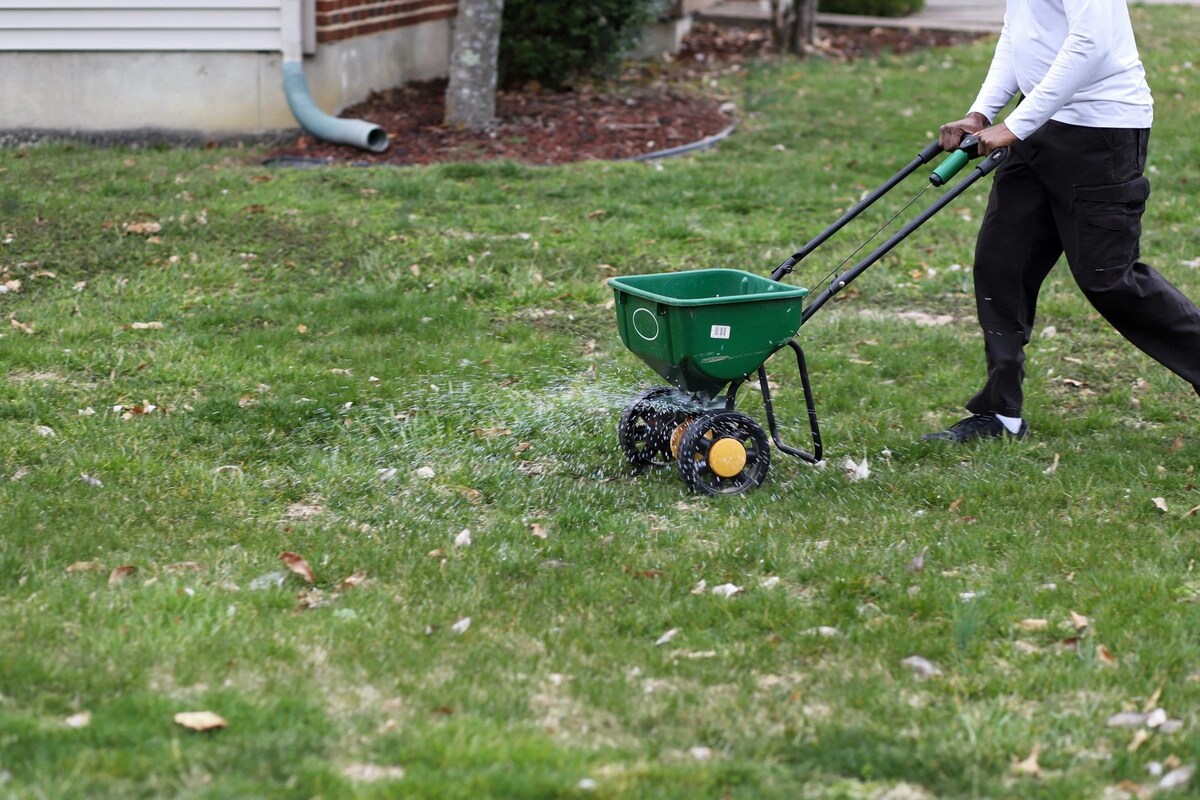
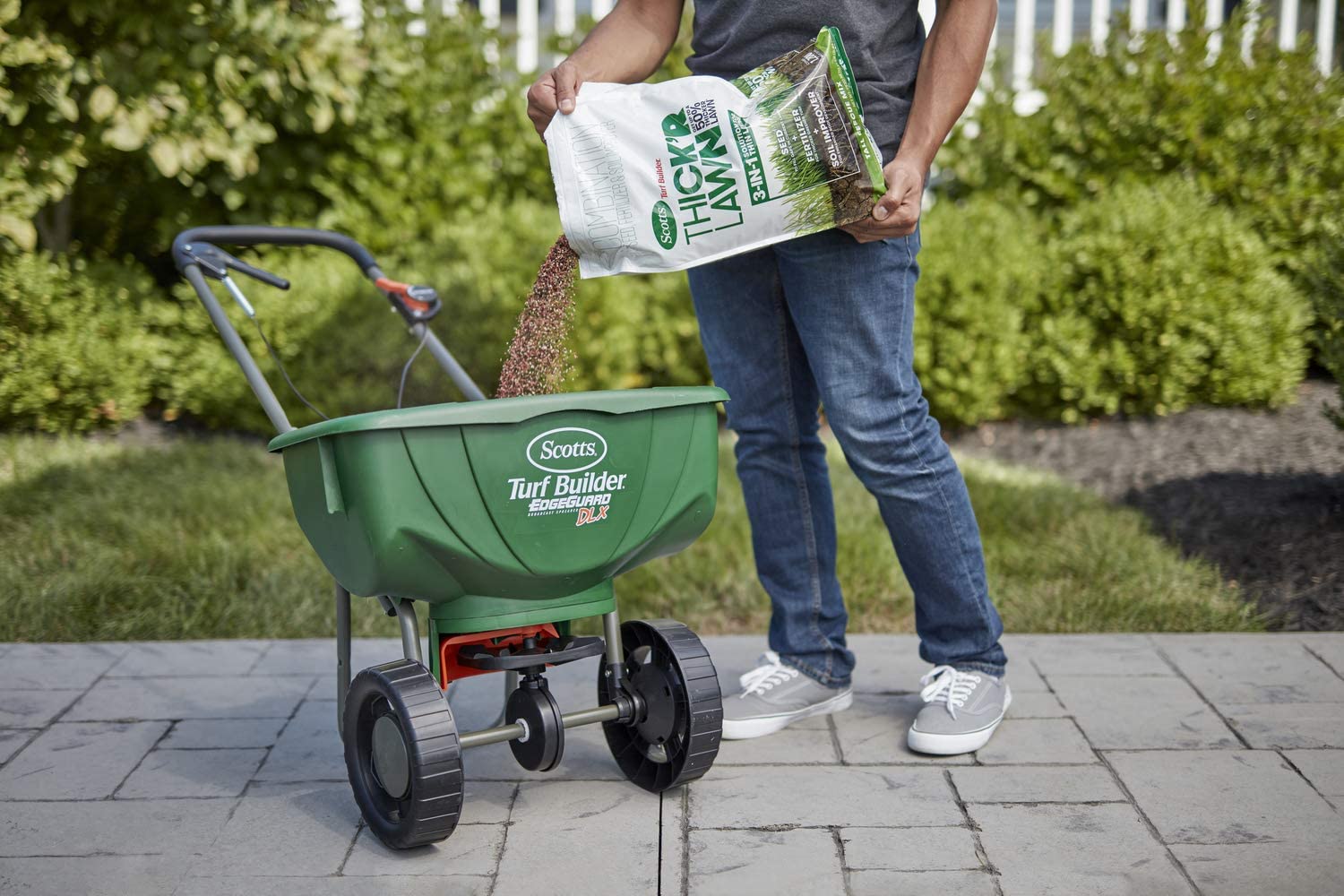
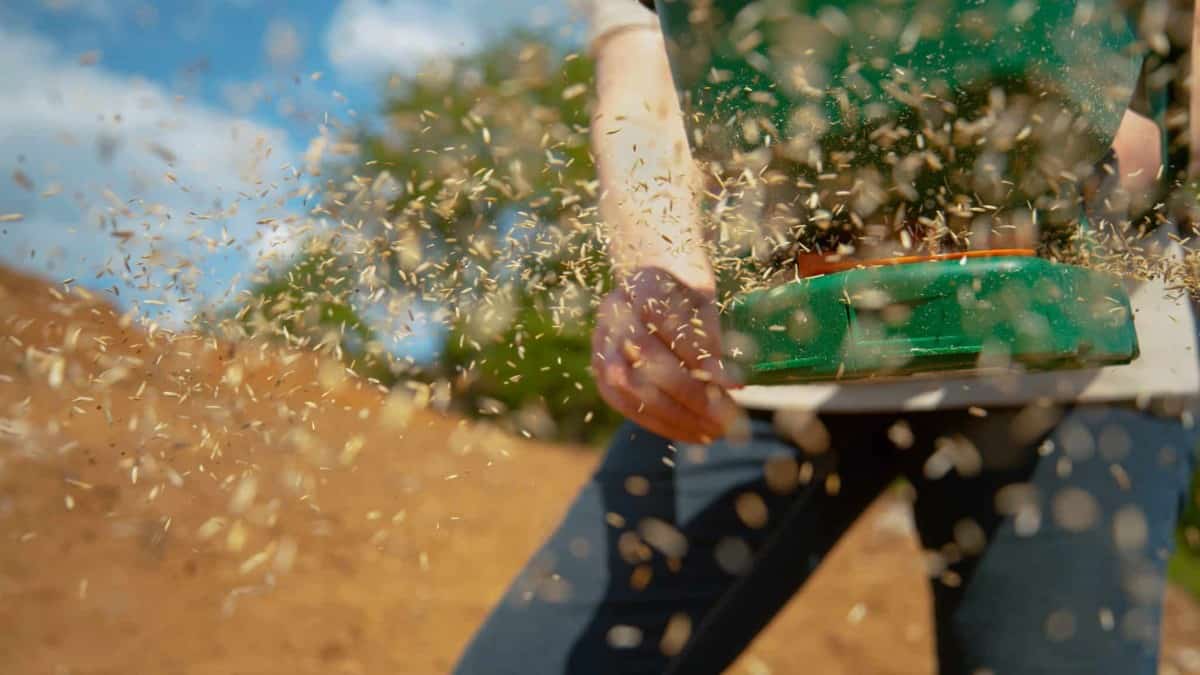

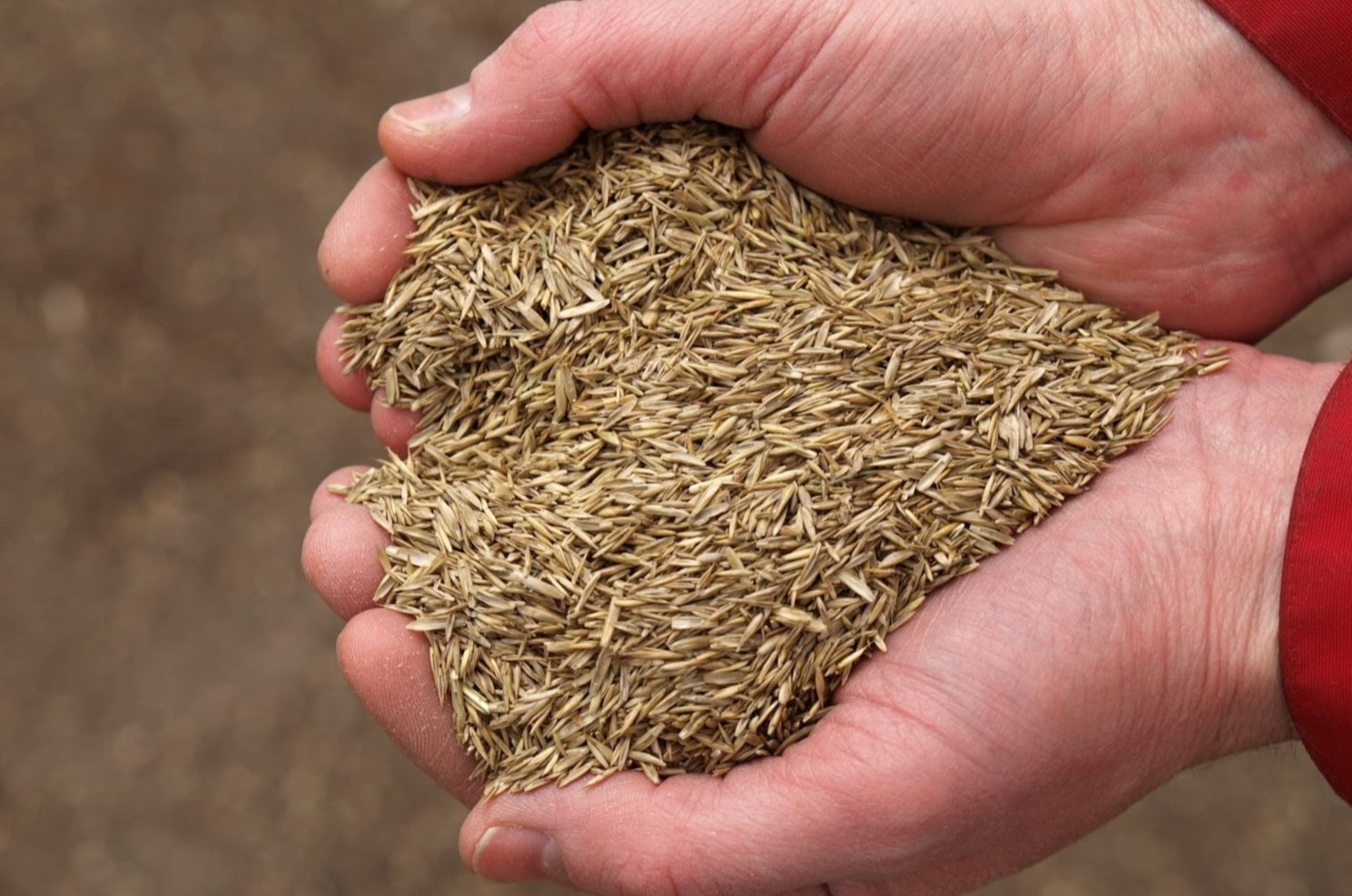
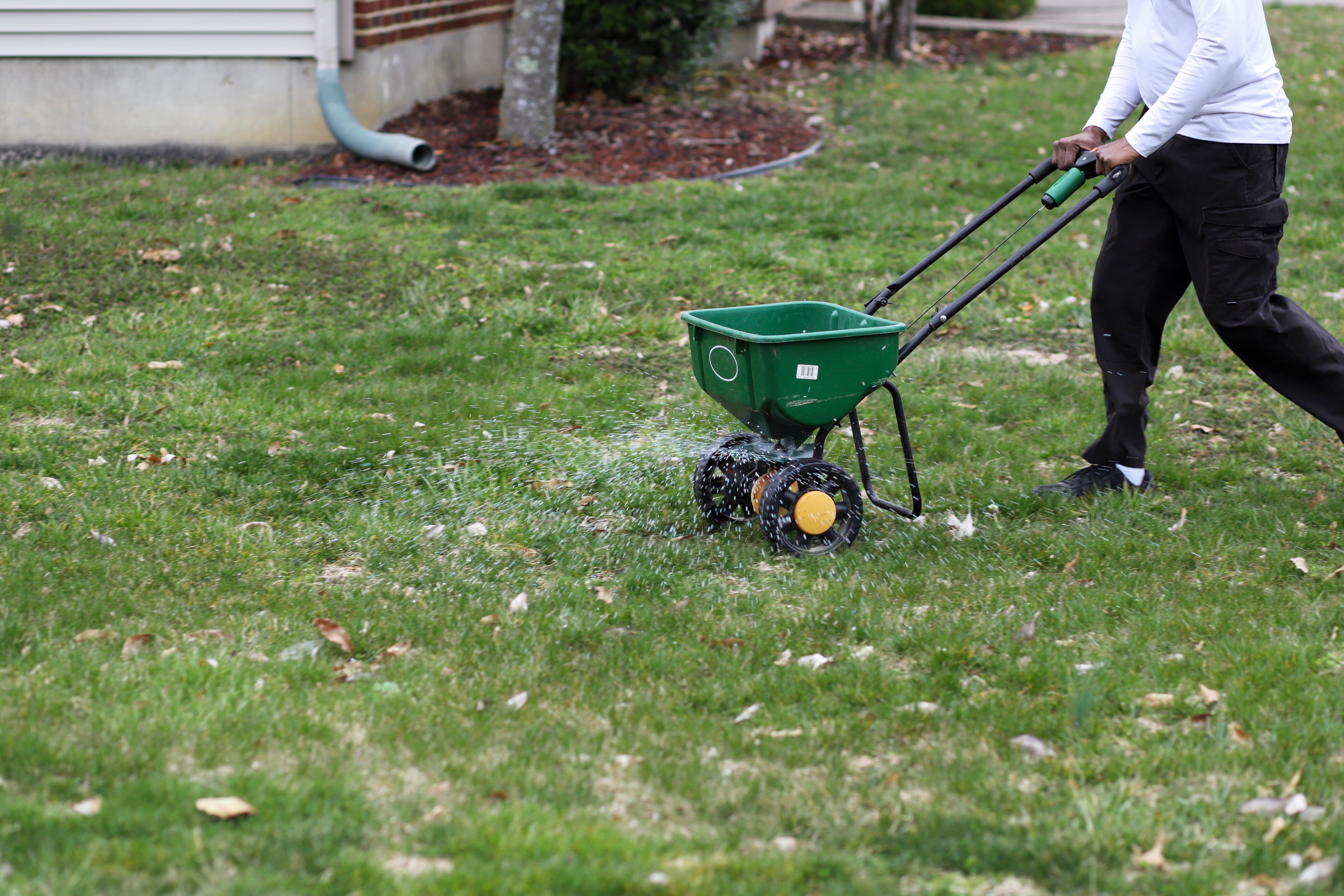
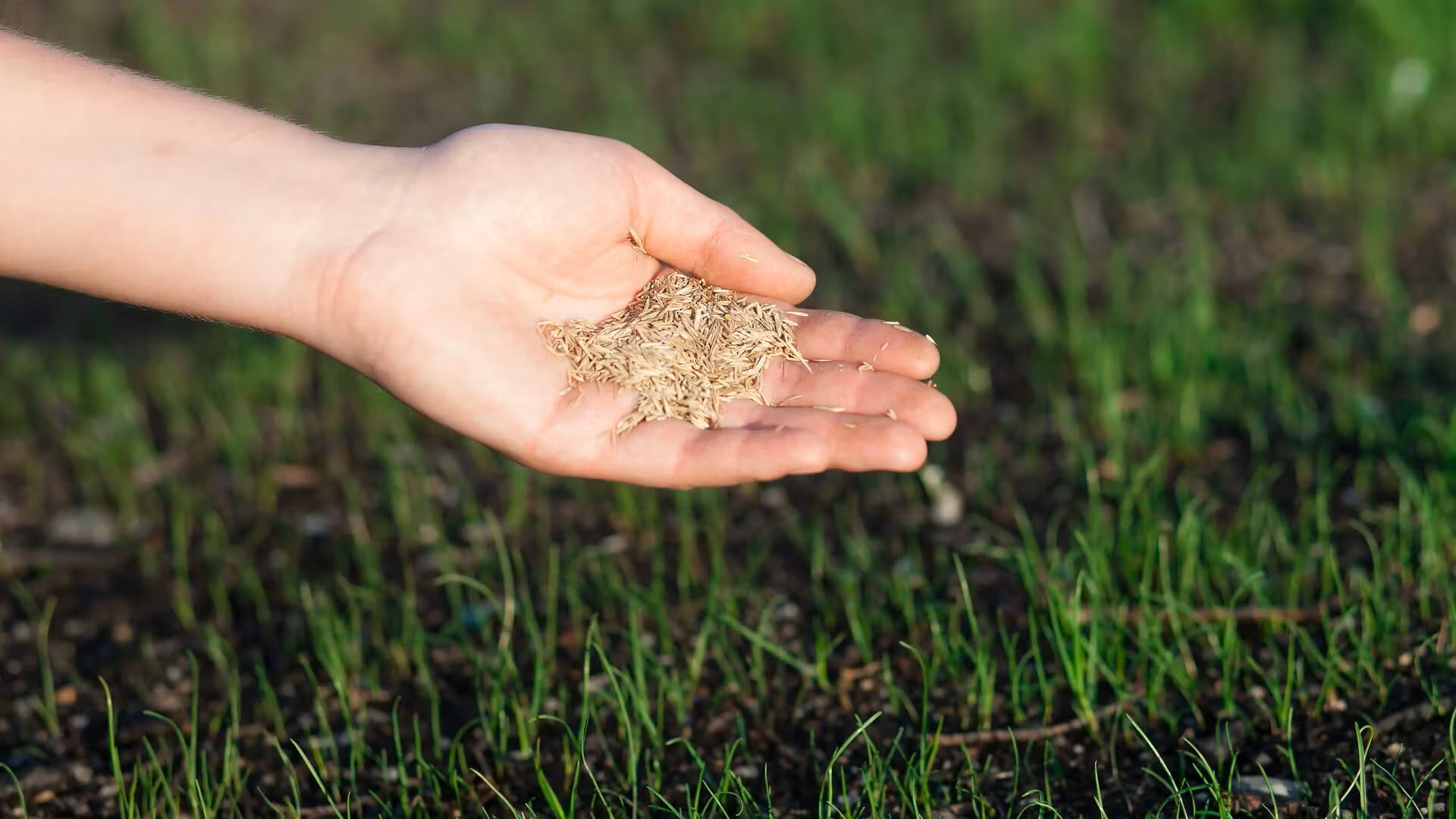
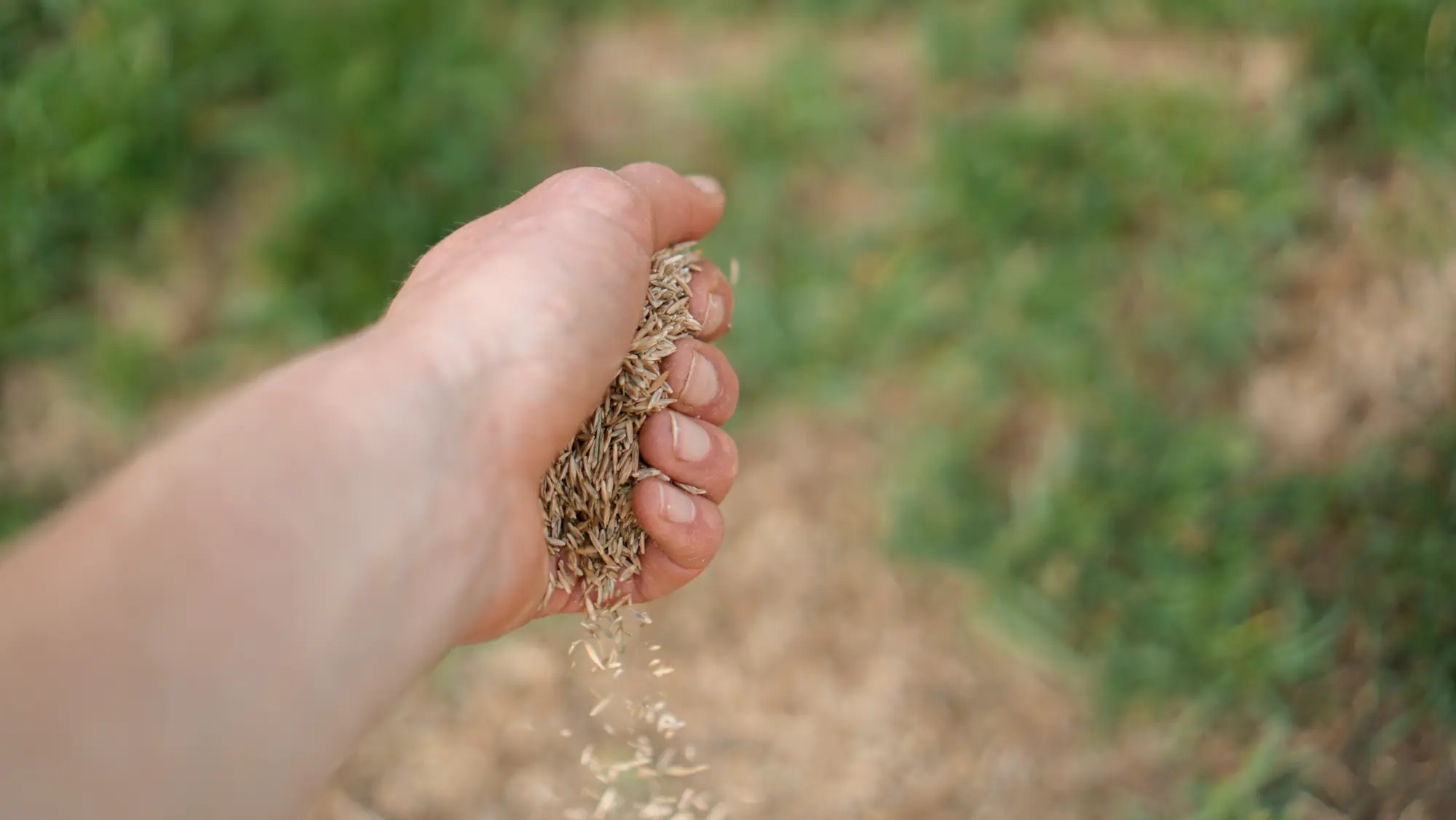
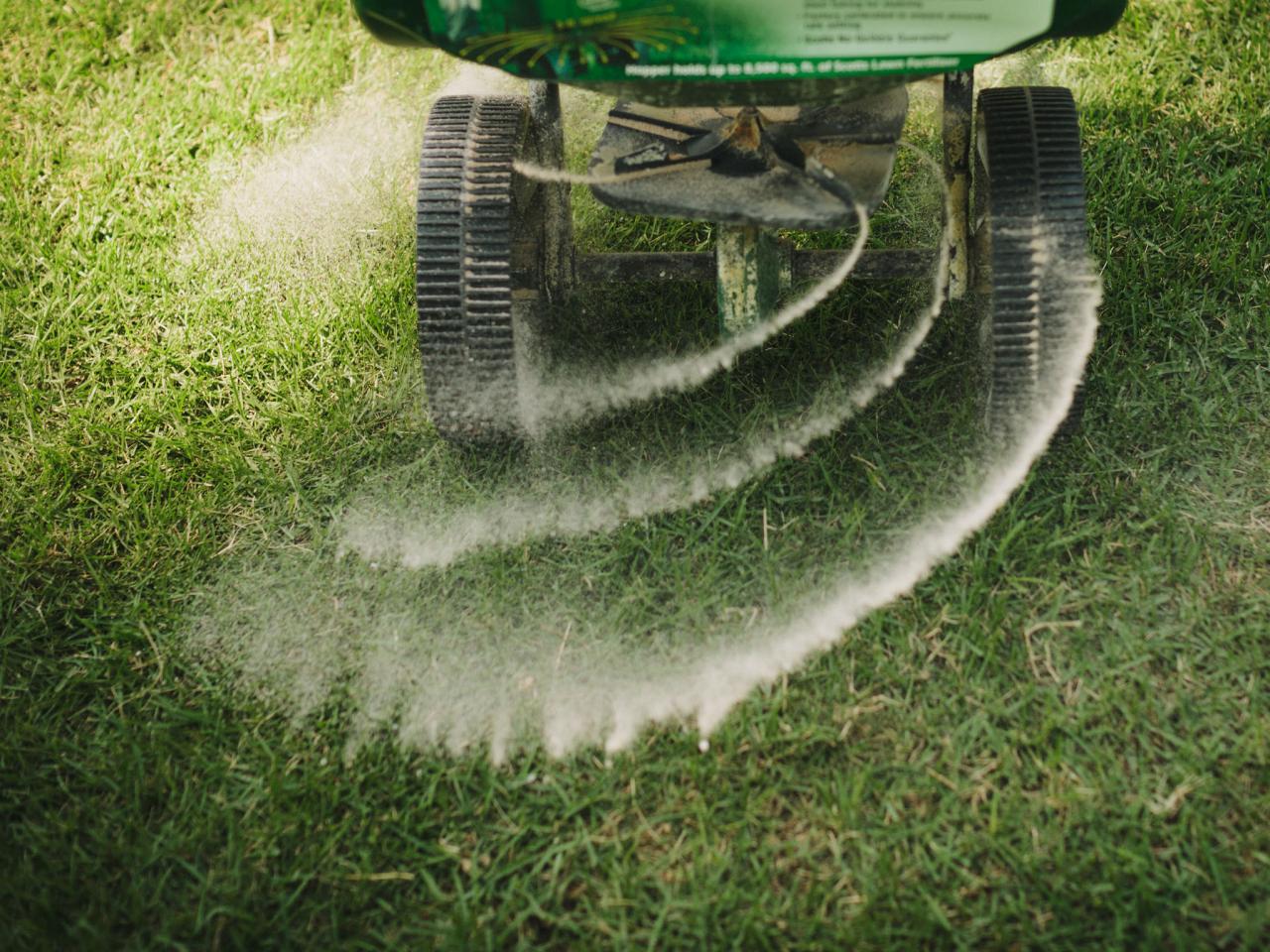
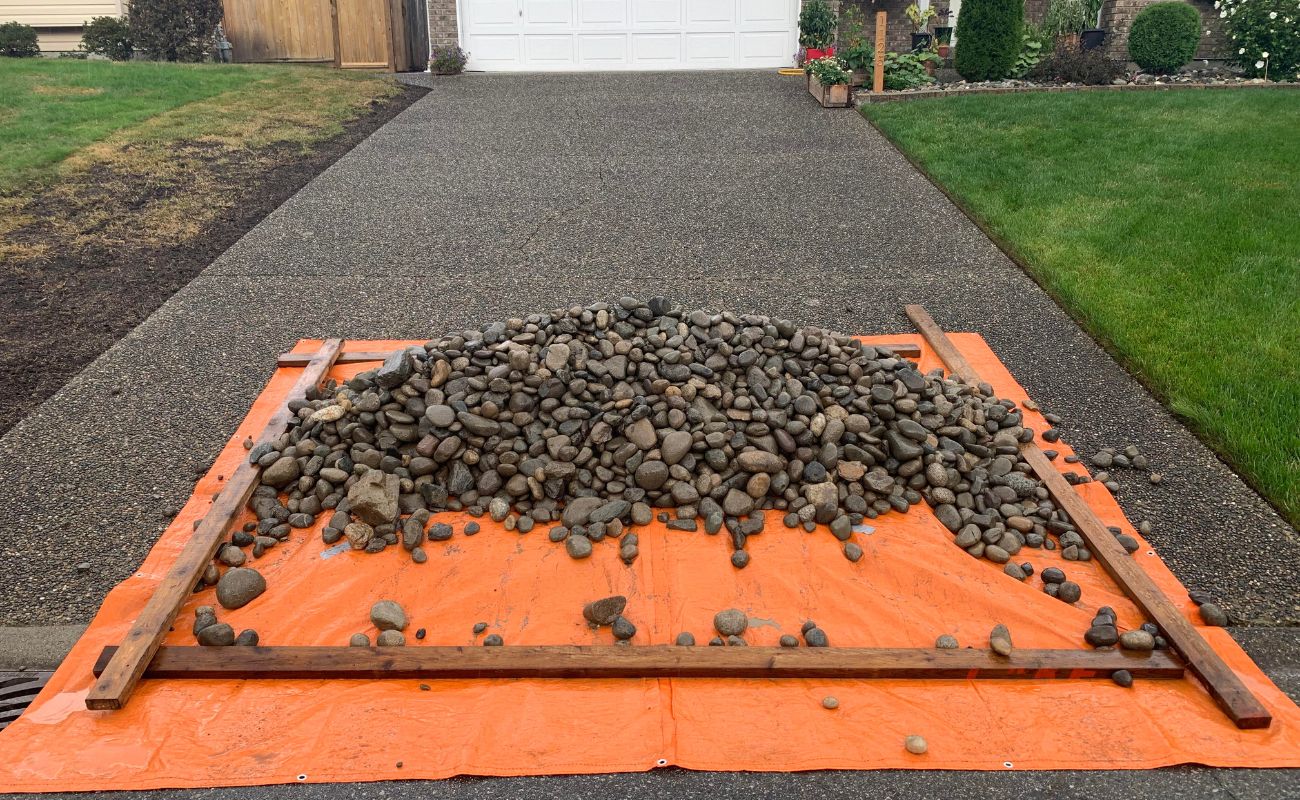

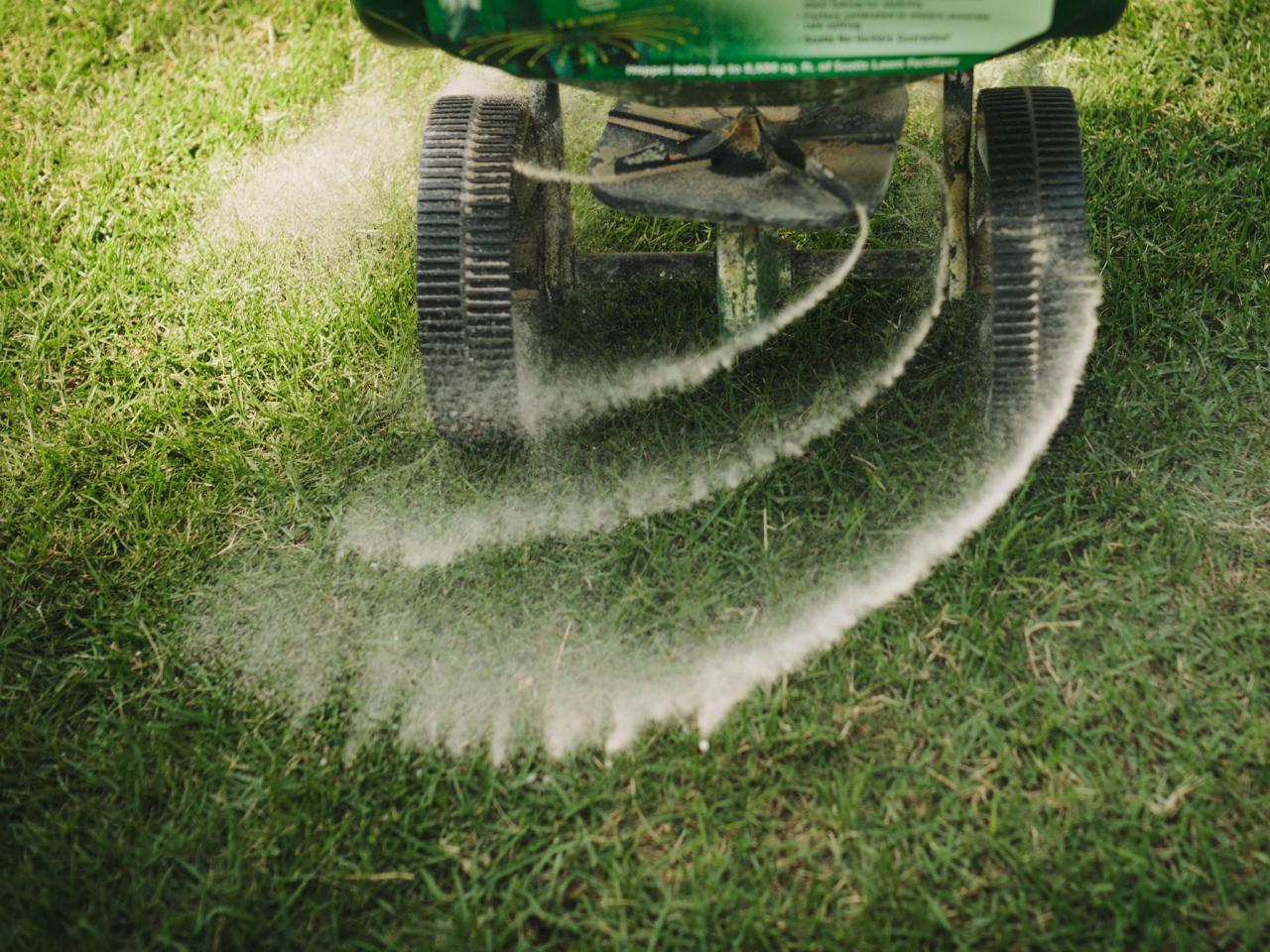

0 thoughts on “When To Put Down Grass Fertilizer”